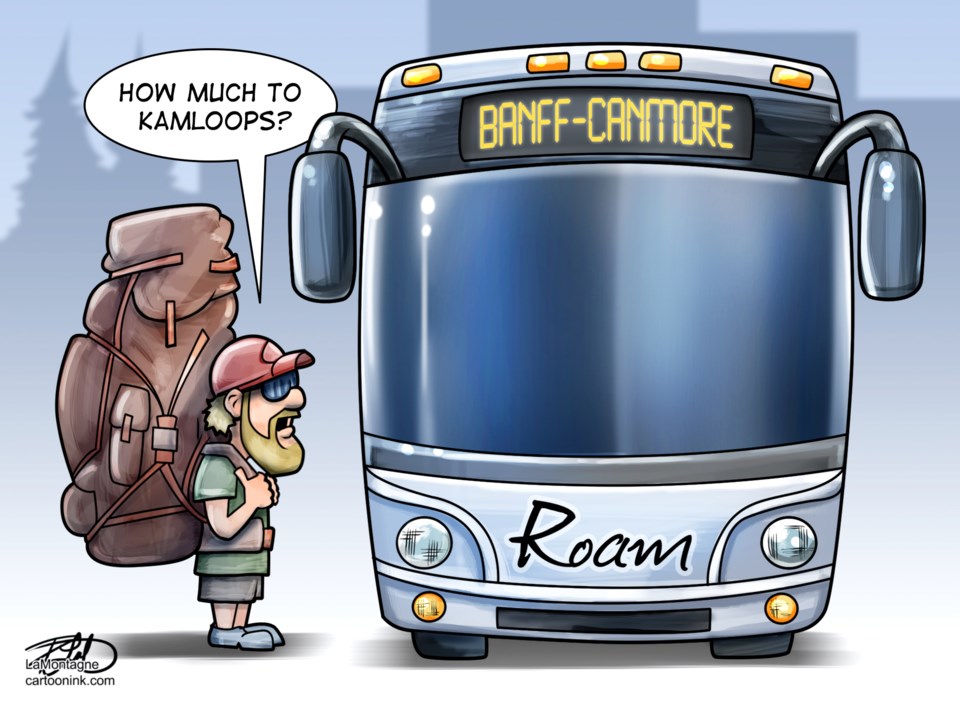It came as no surprise that bus company Greyhound threw in the towel in Western Canada this week.
The bus company has been on the ropes for a while now and it pointed to a 41 per cent reduction in its ridership as one of the reasons it will eliminate all of it routes across Western Canada, except for one from Vancouver to Seattle – effective October 31.
In recent years, Greyhound has sliced and diced its schedules and routes in rural locations across Canada, including shuttering its depots in Canmore and Banff.
While this is a corporate level decision based on profits and dividends, it will likely have a disproportionate impact for those who are less fotunate and can’t afford to own or rent a car.
While it is easy to point the finger and blame a changing economy or a lack of government support for the demise of Greyhound, we should see this as an opportunity to shift our thinking about how governments approach mass transit.
For one, it is time for governments to see mass transit as a public service, not a revenue generating enterprise.
While the private sector may step in and absorb some of the routes that have been lost, at this scale the government should also step up in order to keep the economy moving and communities connected.
Transit on a regional level is one possible solution and the best example of that is right here in the Bow Valley. By all accounts Roam Transit is doing well and its successful approach shouldn’t be hard to scale up if we continue to support it financially and by using it to get around the Valley.
In fact, this week Roam announced that ridership hit an all time record in Banff increasing by 50 per cent compared to this time last year, with more than 110,000 people using one of three routes in Banff.
On top of this regional service between Banff and Canmore on Route 3 is also up more than 20 per cent and ridership on Canmore’s Route 5 is up more than 30 per cent.
The transit authority attributed the increase in ridership to the addition of a new bus on Route 1, which has increased frequency to 20-minutes and the addition of a new bus on Route 2, which allows for 30-minute frequency during peak periods.
The key to its success is that all three levels of government have recognized that public transit requires a certain level of subsidization.
Beside getting people from point A to point B , investing in public transit is also a key part in ahieveing our climate change targets and one of the most effective ways individual citizens can change their behaviours to have the most impact.
The price of gasoline also makes transit systems more attractive – taking the bus saves you money. Are gas prices ever going to go down? Not likely.
If taking transit benefits society, than society benefits from having transit and if the private sector has reached the end of its reign taking those who don’t have a vehicle to their destination, it could be the perfect opportunity to change the paradigm and create the future we want.
Just like there is no profit model for education or health care, transit works best as a public service that recognizes that the service is about more than just delivering revenues. It’s time we recognize transit as a public service and an investment in our society so we can ensure those who are not able to drive their own vehicle can also move freely from town to town.




